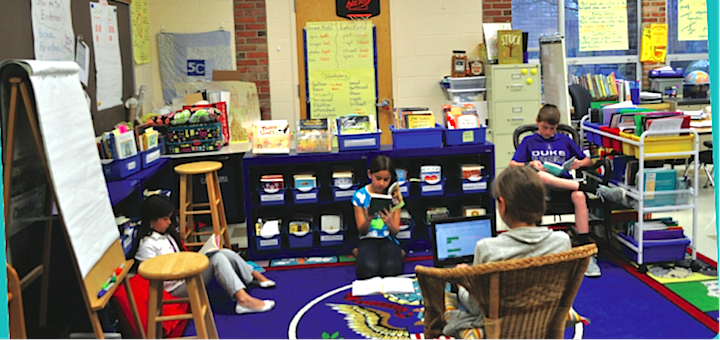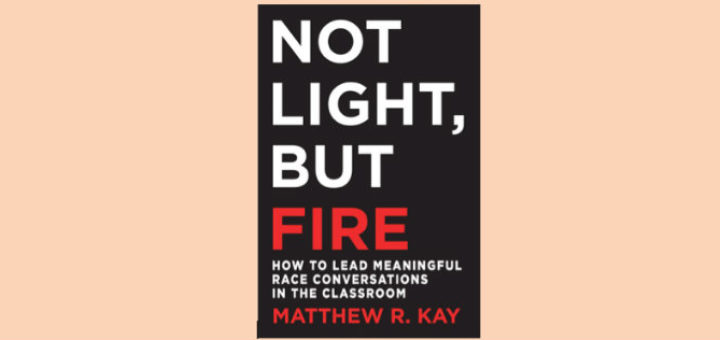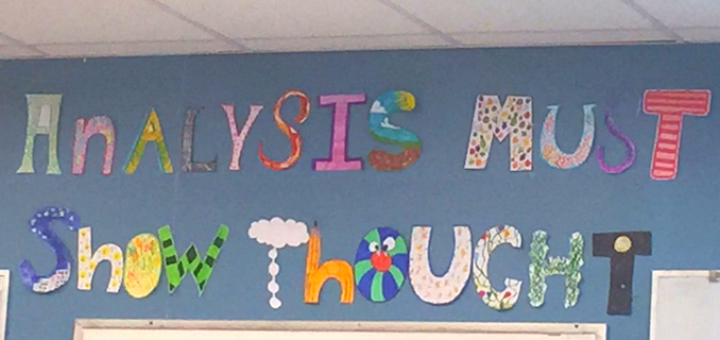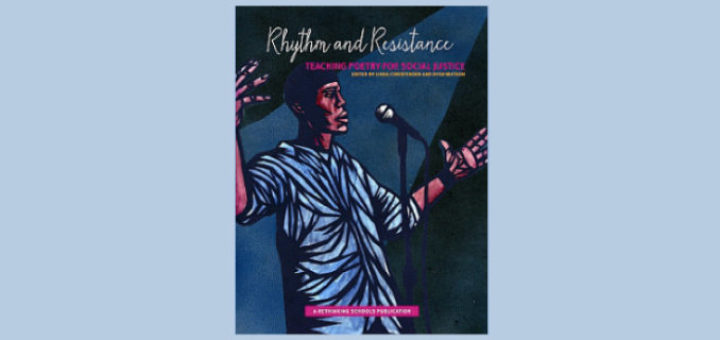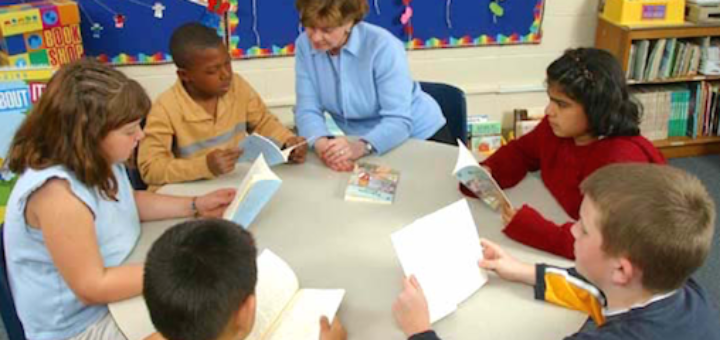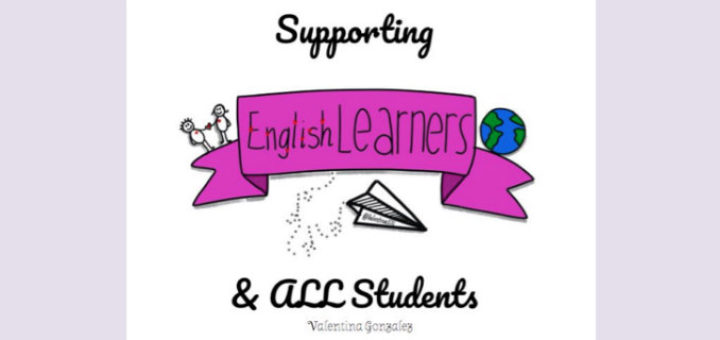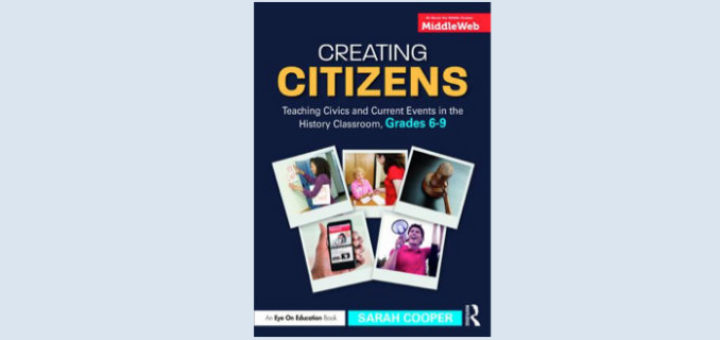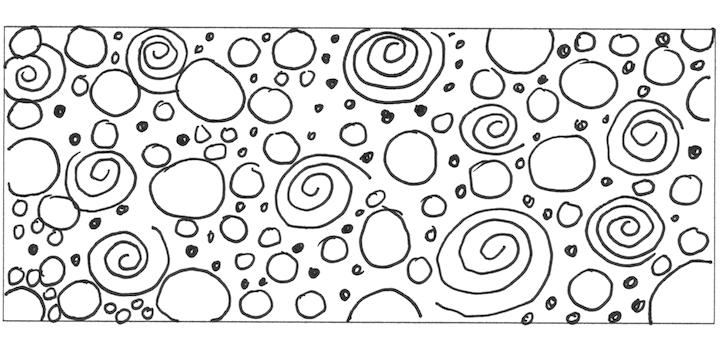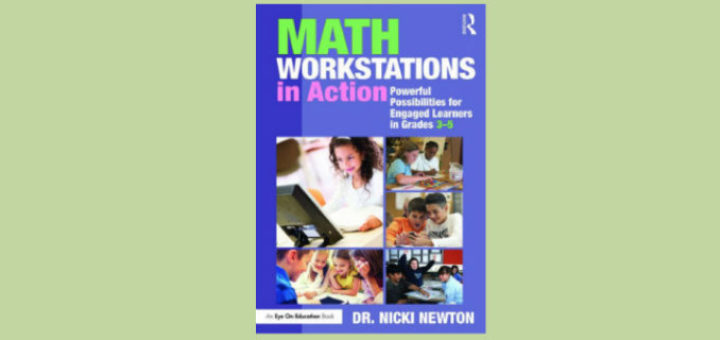Turn Your Class Library into a Cozy ‘Bookstore’
Responding to the current dust-up on leveling books, literacy consultant Patty McGee explores a few common questions about cultivating a responsive class library and shares some great ways to immerse your students in a “bookstore” experience, as both customers and staff!

